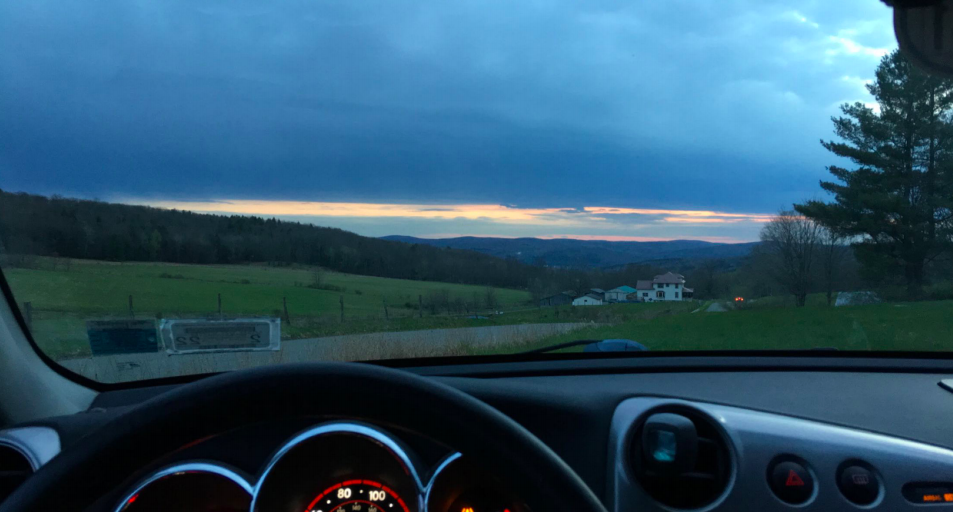

As we all know, recently we have been hit by a pandemic that has not allowed us to leave our homes. Because of this, many people have lost their jobs and their general sense of freedom. Having been a soccer coach, I was considered a non-essential employee and was furloughed on March 11. However, since I am paid in cash, I am not eligible to collect unemployment.
In an effort to not pay rent and not expose my family to COVID, I decided to move upstate to Binghamton to live with my friends and girlfriend, who had space in their apartments. Since moving here a week ago, I was not only able to find work in the construction field, I have also had a distinctly different experience in Broome County than in New York City that I would like to share.
The most notable thing about the area I moved to is the sheer lack of coronavirus cases. As a relatively rural area that is pretty far from any large city, Broome County has only had 338 cases of coronavirus. 221 people have recovered and 22 have died. This extremely low number of active cases is in spite of the local government testing vicariously, with multiple testing centers located throughout the county.
There are many factors resulting in the low coronavirus total here. First off, Binghamton is an area only reachable by car or bus. However, with Greyhound and Megabus services shut down, only people able to afford a car can come to Binghamton. This is all on top of the fact that Broome County is a depressed area and not many people choose to visit here to begin with, especially tourists. Two other factors directly related to the low Coronavirus numbers are the low population density and the car culture of rural America as a result. Unlike New York City, most residents here, including myself, drive instead of using public transportation, which greatly cuts back on the infection rate. As a result, the hospitals in the area are properly staffed, equipped, and have a sufficient amount of beds.
In terms of quality of life, upstate New York has been immensely superior. From the day I got here I have had no trouble prospecting for work, with most business owners willing to speak to me and (although I politely declined several times) shake my hand. The majority of people have worn masks in big retail stores; however, both enforcement and participation at mom and pop shops or gas stations have been lax. Roughly half the people here choose not to wear a mask at all.
Since I have been upstate, I have also visited friends in the other upstate cities of Syracuse, Cortland, and Ithaca. While driving through the deep countryside, seeing people eating at ice cream parlors and picnic benches was a common sight. Sports are still played here recreationally, the majority of businesses are still open, and to be honest, I sometimes forget we’re even in a pandemic. I know many people in this area from my time attending Binghamton University and not a single person I know has even known someone who has been sick. I have been living my life relatively normally since I got here three weeks ago and I have not even had the slightest symptom, nor has anyone around me. While the quarantine in the city and Long Island has been extended to June 7, most of upstate New York is planning on reopening on May 15.
I’ve been fortunate to have this opportunity to move upstate and work without paying rent. When I was in the city I did not leave my house for six weeks out of fear of getting sick, but upstate I have the flexibility to be able to work. I choose to wear a mask out of respect for the virus, but to be completely honest, I’m not even sure it’s necessary when living in rural America.
While downstate suffers, there is some peace in being isolated in the middle of nowhere. I hope to be able to return to Brooklyn College in the fall, but I will not be leaving upstate anytime soon until the coronavirus blows over.
